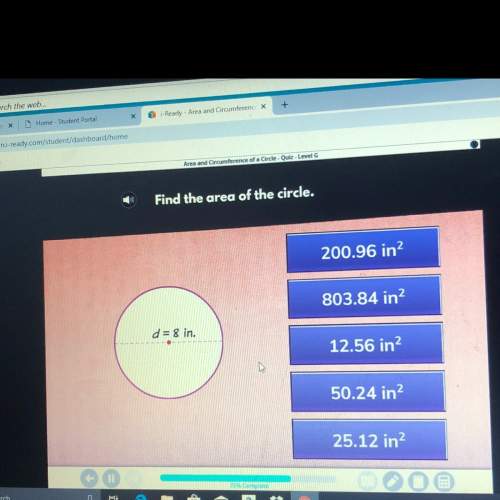
Mathematics, 20.09.2020 05:01 Cjohnston742
When comparing the functions using the equations, which conclusion can be made? The domain of f(x) is restricted to x ≥ 0, and the domain of f–1(x) is restricted to x ≥ 0. The domain of f(x) is restricted to x ≥ 0, and the domain of f–1(x) is restricted to x ≤ 0. The domain of f(x) is restricted to x ≤ 0, and the domain of f–1(x) is restricted to x ≥ 4. The domain of f(x) is restricted to x ≤ 0, and the domain of f–1(x) is restricted to x ≤ 4.


Answers: 2


Other questions on the subject: Mathematics



Mathematics, 21.06.2019 20:30, dominaricann2451
When you have 25 numbers, and jake picks 3 random numbers and puts them back, what is the chance bob has of picking those 3 numbers when he picks 6 random numbers (without putting them back)? explain.
Answers: 1

Mathematics, 21.06.2019 20:50, kidpryo1
There are three bags: a (contains 2 white and 4 red balls), b (8 white, 4 red) and c (1 white 3 red). you select one ball at random from each bag, observe that exactly two are white, but forget which ball came from which bag. what is the probability that you selected a white ball from bag a?
Answers: 1
You know the right answer?
When comparing the functions using the equations, which conclusion can be made? The domain of f(x) i...
Questions in other subjects:









English, 16.07.2019 00:30

Physics, 16.07.2019 00:30




